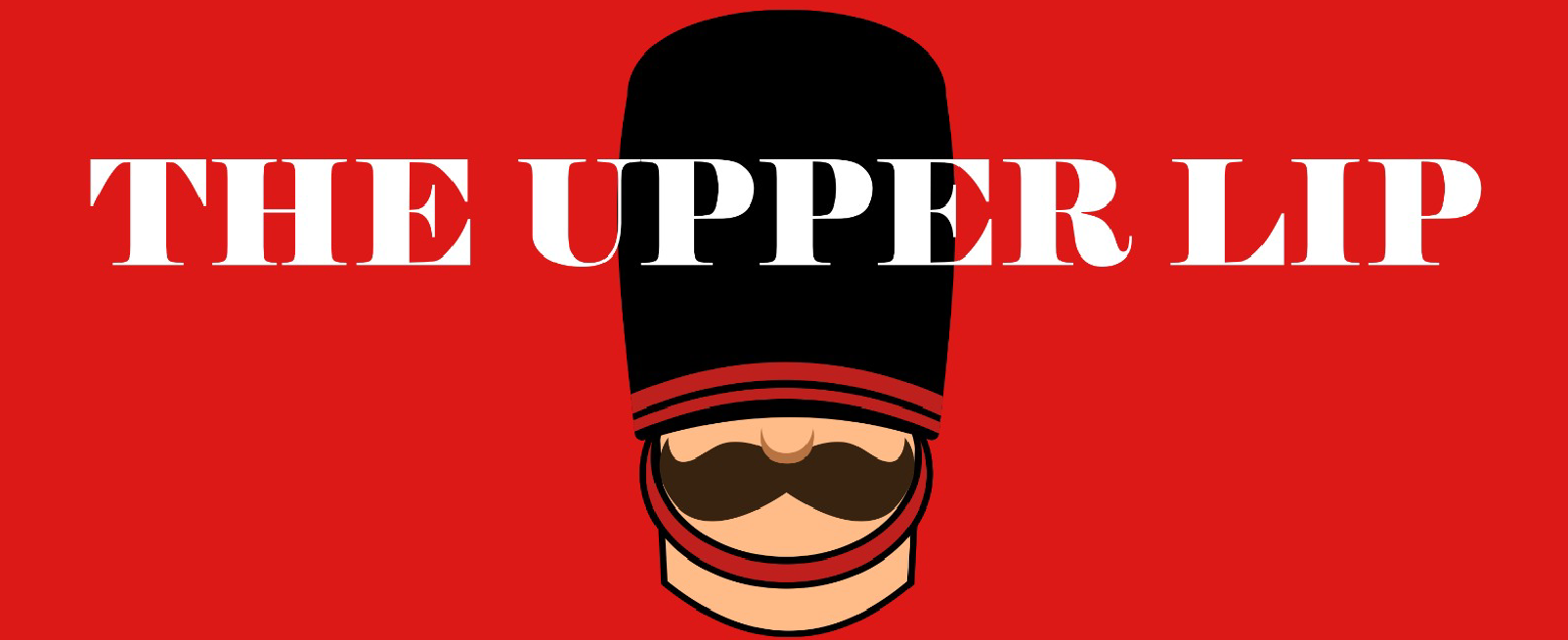The Advertising Standards Agency (ASA) has announced its ambitious plan to “ban all white, heterosexual men from TV ads by 2030.” The sweeping declaration is aimed at creating a more inclusive and progressive advertising landscape that truly reflects the diversity of society.
“We’ve decided that enough is enough,” declared an ASA spokesperson. “It’s high time we take action to eradicate the overwhelming presence of white, heterosexual men from our screens. Our goal is to make advertisements a space where everyone except white, heterosexual men can truly shine.”
The ASA’s decision has been met with a mix of praise and perplexity. Advocates of diversity and representation laud the agency’s commitment to a more inclusive media environment, while critics raise concerns about the fairness of such a sweeping ban.
“We’re all for diversity, but is completely excluding one demographic group really the way to achieve it?” questioned a media analyst. “It’s important to consider the balance between representation and fairness.”
The ASA’s timeline to achieve this ban by 2030 has sparked conversations about the complexities of implementing such a policy. While the agency maintains that their decision is driven by a desire to level the playing field, some wonder whether a blanket exclusion is truly the best approach.
As discussions continue, the ASA’s bold declaration underscores the ongoing evolution of advertising standards and societal expectations. It invites reflection on the ways in which media portrayals influence cultural perceptions and the responsibilities that advertising agencies have in shaping a more inclusive narrative.
With less than a decade to go until the proposed ban takes effect, the advertising industry is left to grapple with questions about representation, fairness, and the broader implications of such a targeted policy. Only time will reveal the impact of this audacious pledge on the advertising landscape.
















